Milne Bay Diving… Excellent reefs, superb critter sites, cruising pelagics and mantas… What a combination!
But Milne Bay is a big place and the diving varies on where you are in the bay.
In broad terms it is best to think of Milne Bay diving as what you can see and do in the north. And the same for the south – then plan accordingly.
The northern diving is centered around the excellent sites close to Tawali Dive Resort, plus the East Cape and Nuwakata Island sites.
While the southern area is centered around Samarai Island and the China Strait.
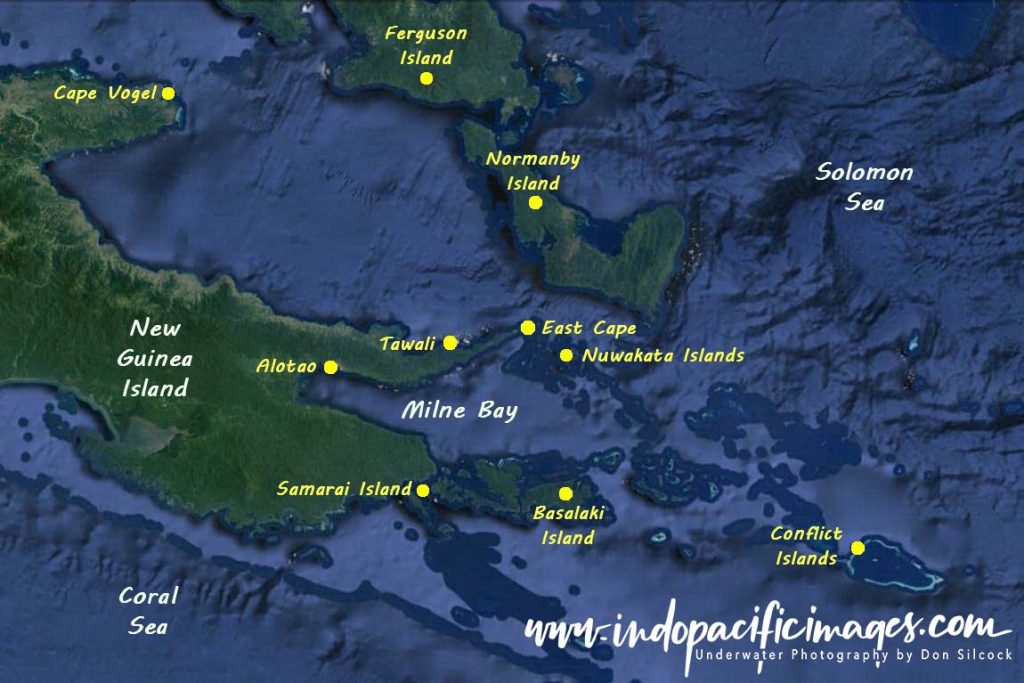
Milne Bay Diving – Tough Choice…
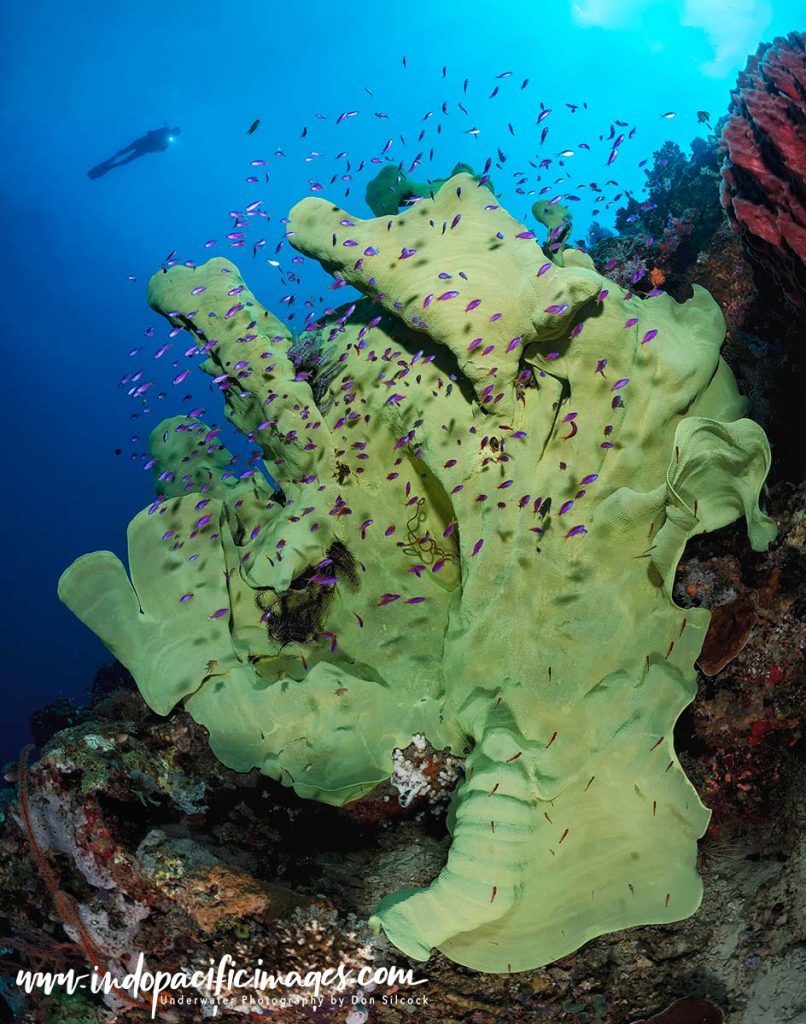
Those north coast sites offer excellent variety and are a great choice if you want to hone your wide-angle photographic skills…
Several of the sites are directly nourished by the rich currents that create Milne Bay’s incredible biodiversity.
So they have very healthy hard and soft coral coverage, huge sponges and lots of photo-opportunities!
Plus there are a couple of exceptional black sand critter sites that provide excellent macro shooting!
Most famous of which being Dinah’s Beach where muck diving was invented!
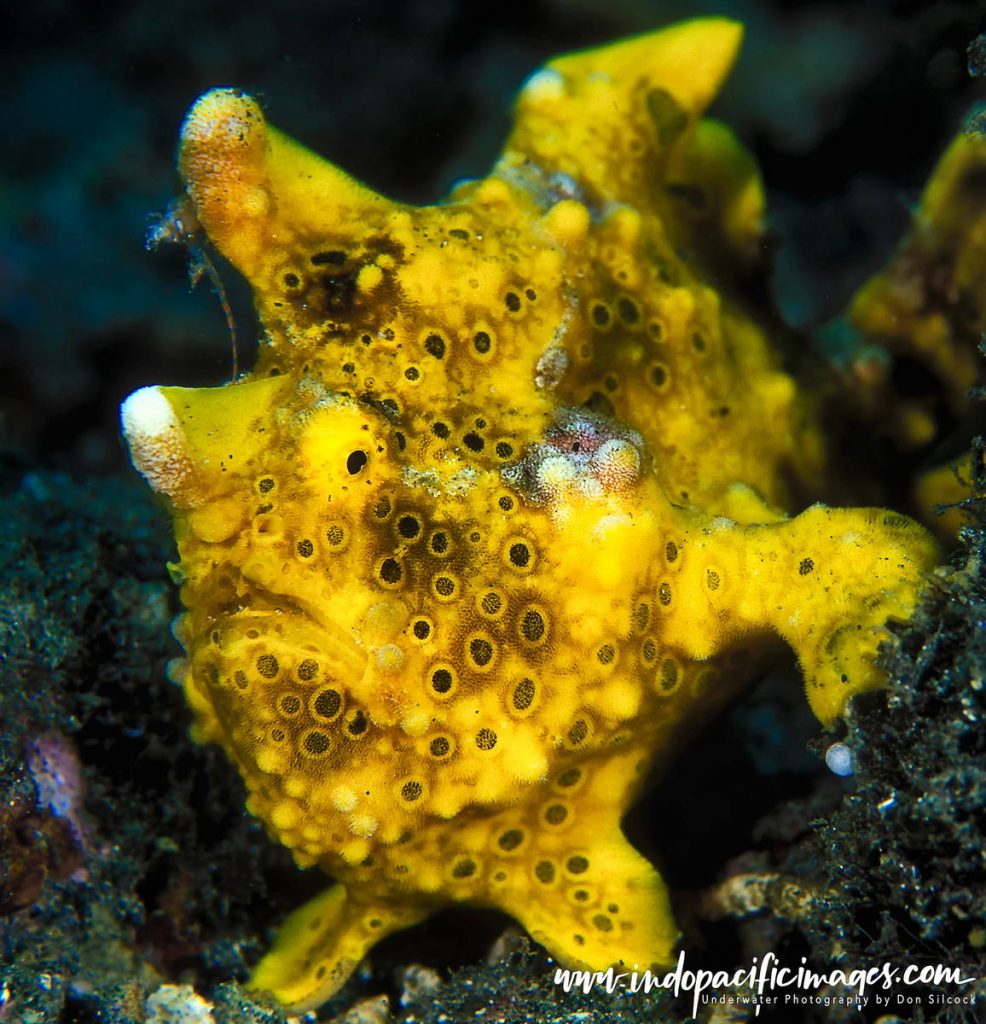
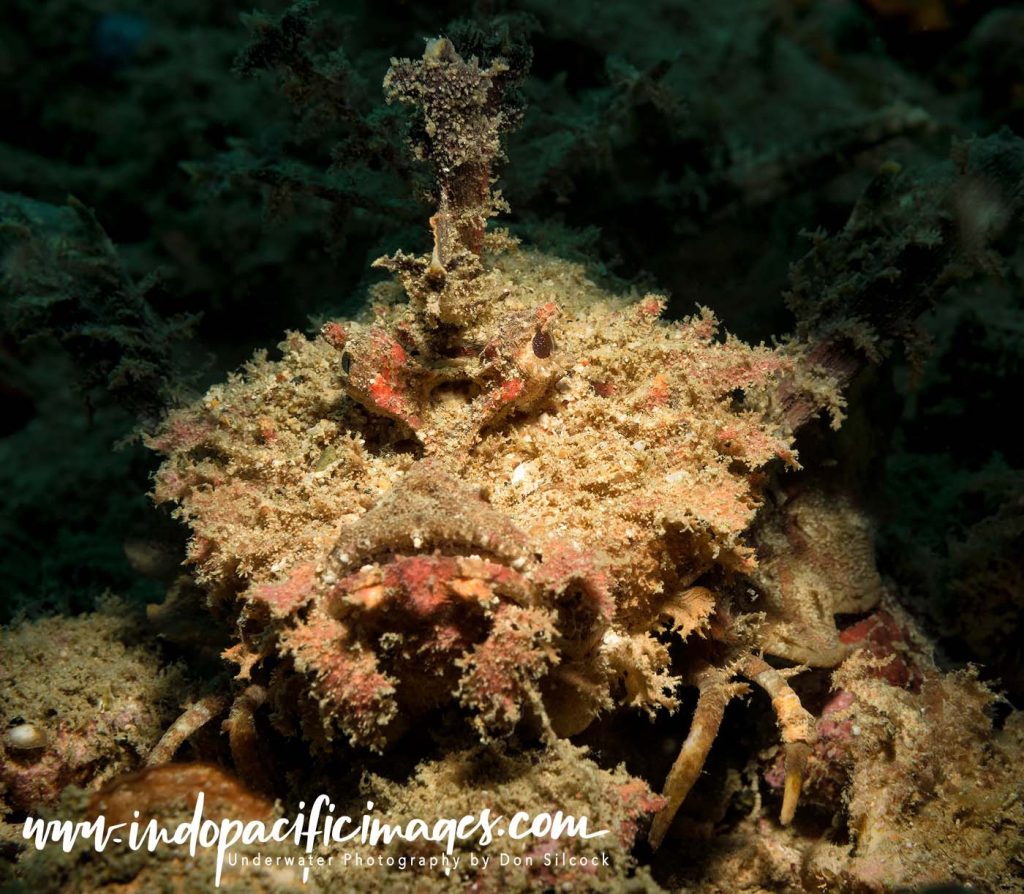
While in the south there are a lot of first-class critter sites that really showcase Milne Bay’s macro diversity.
Many of those sites were found by Bob Halstead but Rob van der Loos, the skipper and owner of MV Chertan, has discovered many more and knows the critter diving in the south better than anybody!
And, of course the south has the famous Giants@Home manta ray cleaning station at Gona Bara Bara island. Which makes the choice between the north and south of Milne Bay even tougher…
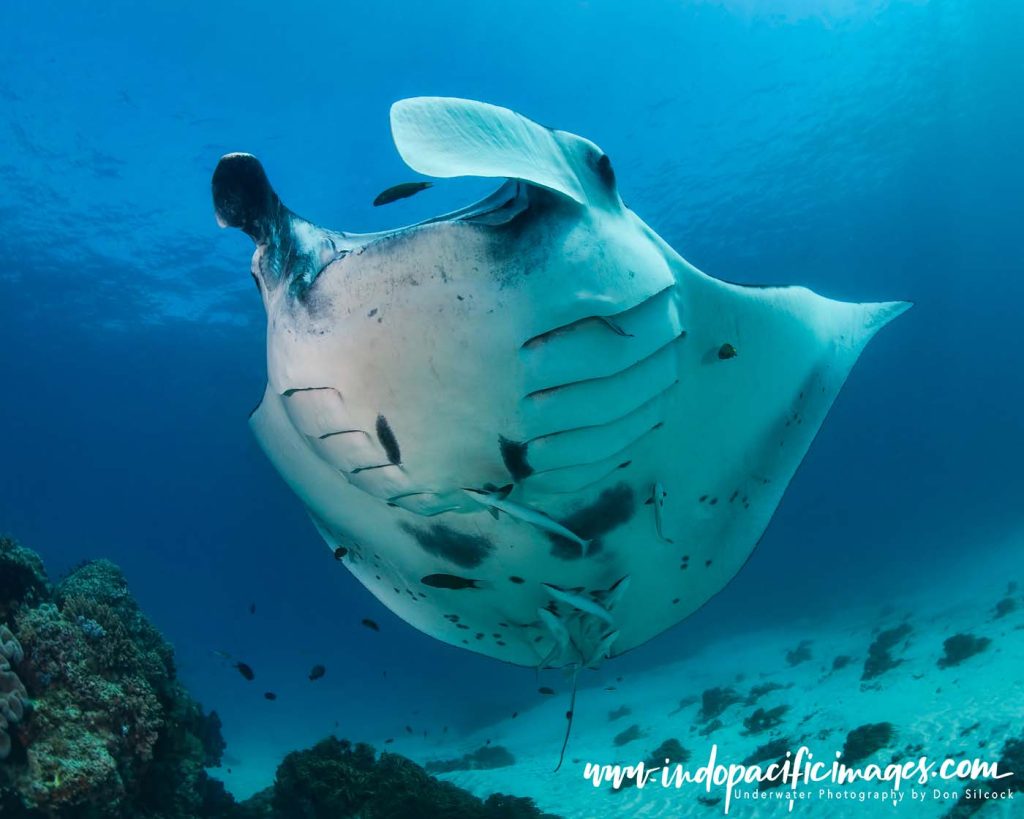
Milne Bay Diving – How to Choose?
Personally I think the perfect Milne Bay diving trip would be to start at Tawali and spend at least 5 days diving the north coast dive sites using their day boats. That would allow you to experience the best of the north coast, before moving south.
The only way to dive the southern sites is by liveaboard and these days there is only one choice. As MV Chertan, which used to be based from Alotao and was dedicated to Milne Bay, is no longer operating.
However MV Oceania, relocates from its base in Kimbe Bay and covers Milne Bay in February and March each year.
Tawali Dive Resort
Built on a limestone headland on the Solomon Sea side of the peninsular that forms the north coast of Milne Bay.
Tawali Dive Resort is ideally located for quick access to some of best dive sites on the north coast.
The main lodge and accommodation are up on the limestone headland. Surrounded by dense rainforest and overlooking the resort’s house reef and main jetty. While to the west is a large bay where the service area for the resort is located.
Arrival at the resort is via boat at the main jetty and a wooden boardwalk leads you up to the entrance of the lodge.
Which hosts the reception area, the restaurant, a small bar and the large observation deck overlooking the bay. Covered walkways lead from the main lodge to the individual guest bungalows and then around the headland to the service area.
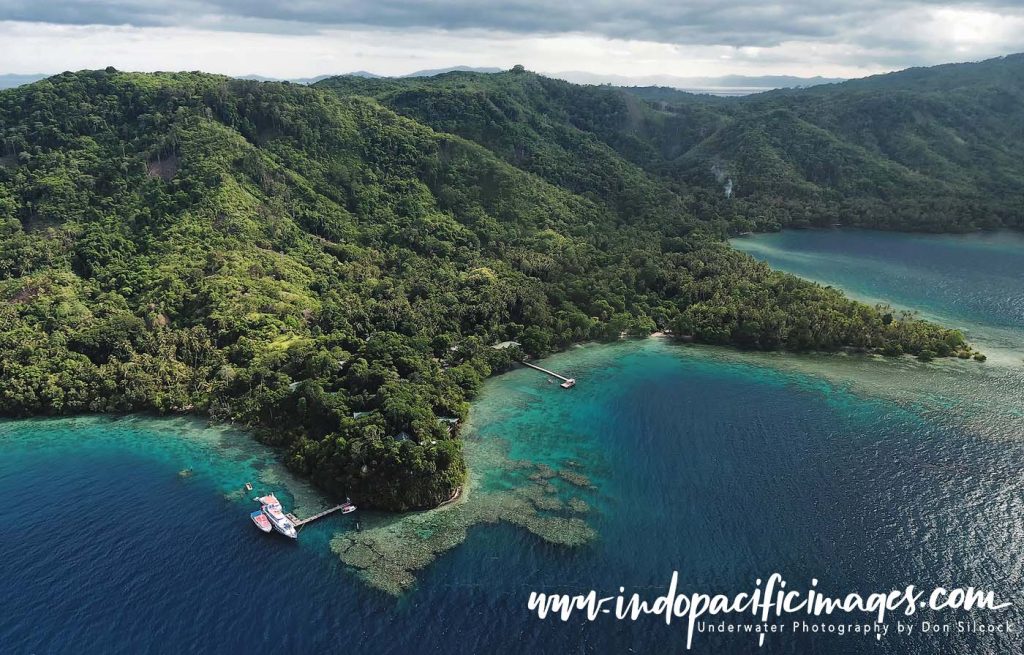
MV Oceania
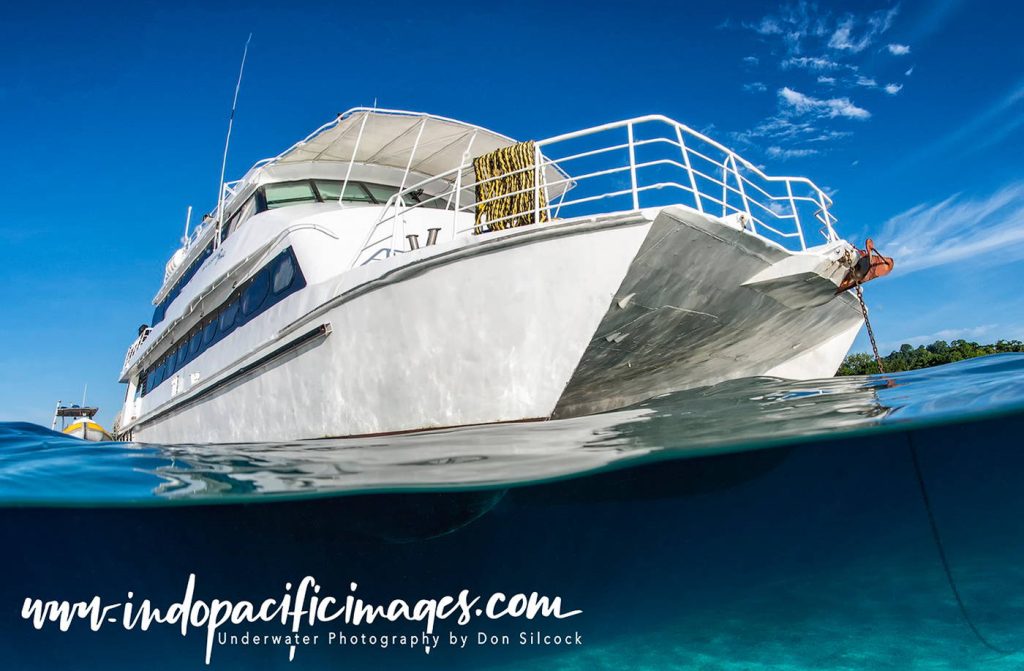
Skippered by Dan Johnson, another long-term PNG resident, MV Oceania is the newest liveaboard operating in the country.
The boat was launched in 2019 after being stripped down to its hull and completely refurbished by Dan.
In a word, it’s impressive!
Based from Kimbe Bay on the north coast of New Britain, Oceania relocates to Milne Bay for the months of February and March.
All part of Dan Johnson’s plan to operate the boat year-round in the best locations in Papua New Guinea.
Milne Bay Diving – How to Get There
Alotau, the provincial capital of Milne Bay, is located at the eastern end of the main island of New Guinea.
As the crow flies, it is only about 350km from Port Moresby.
But the only really viable option to get to Milne Bay is to fly there. Because the only road on the south coast of New Guinea stops at a village called Kupiano. Which is roughly half-way between Port Moresby to Alotau.
The airport is called Gurney and was built by the US Army in WWII. It is named after Squadron Leader C.R. Gurney of the Royal Australian Air Force (RAAF).
Gurney (GUR) is served on a regular basis by Air Nuigini from Port Moresby.
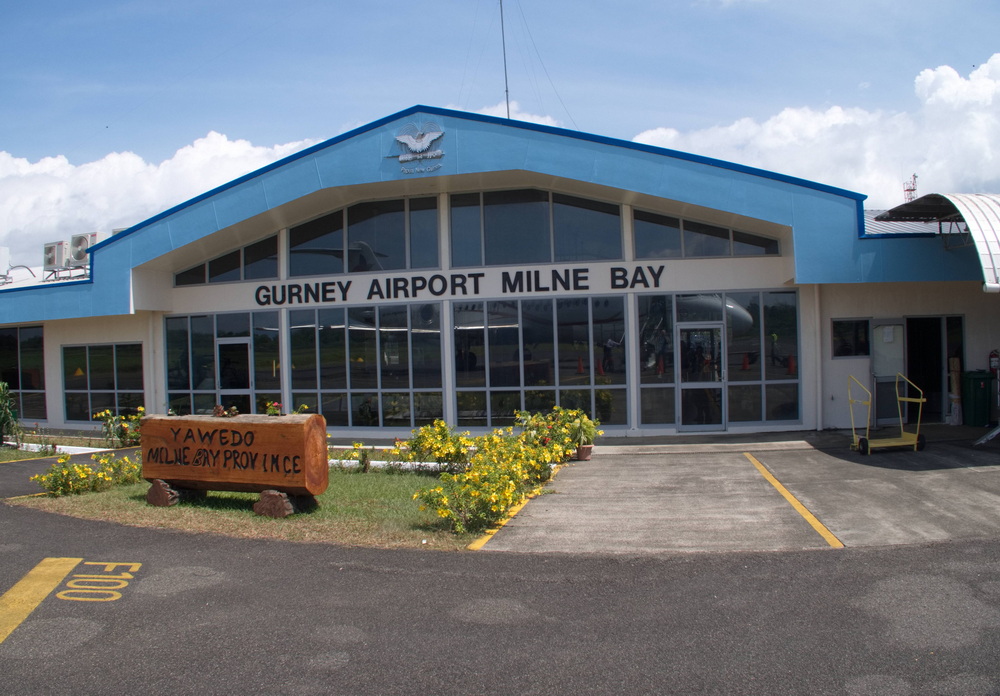
Back To: Complete Guide to Diving Milne Bay
